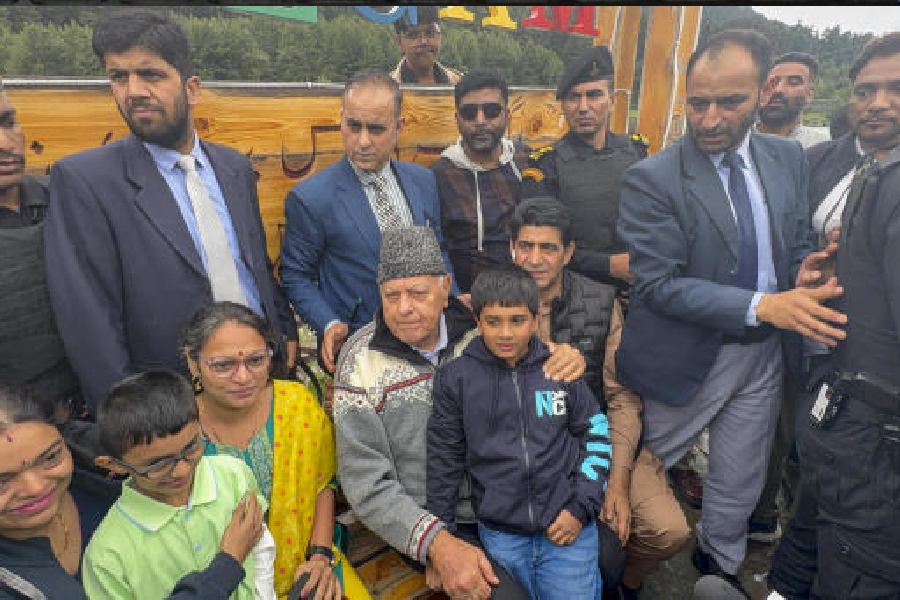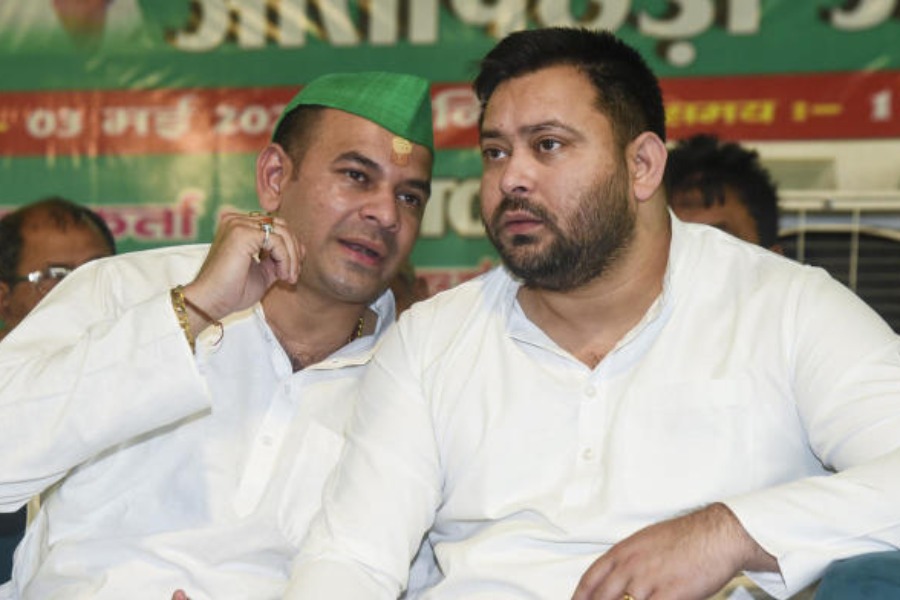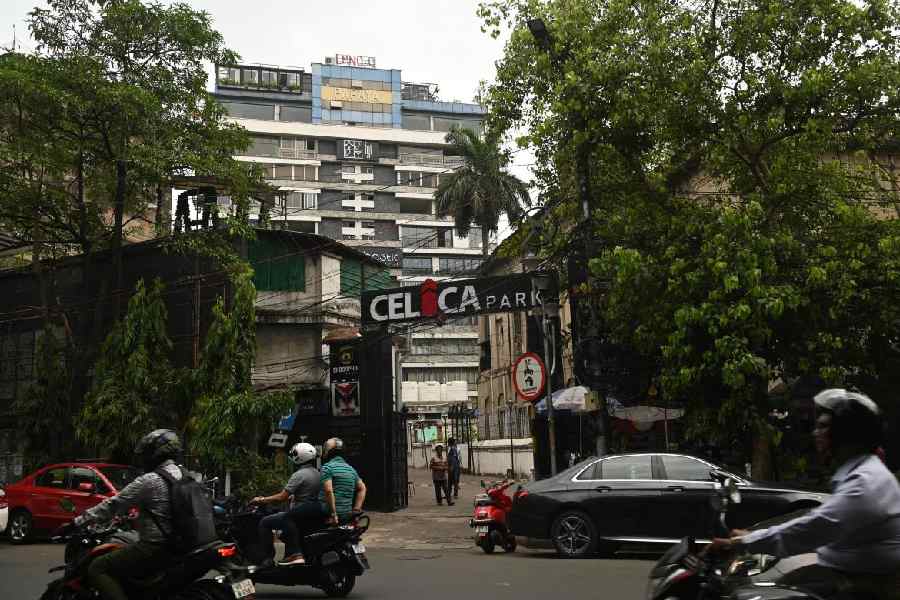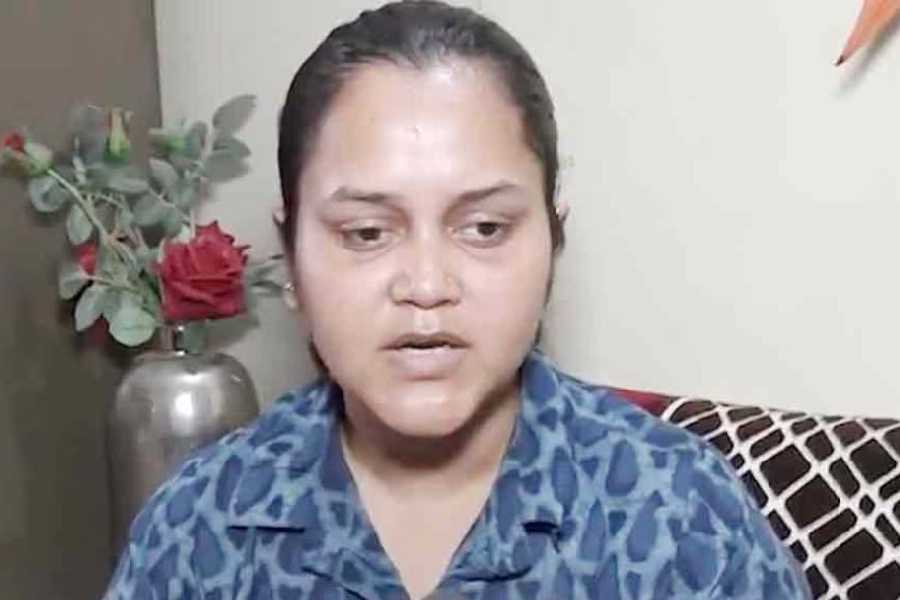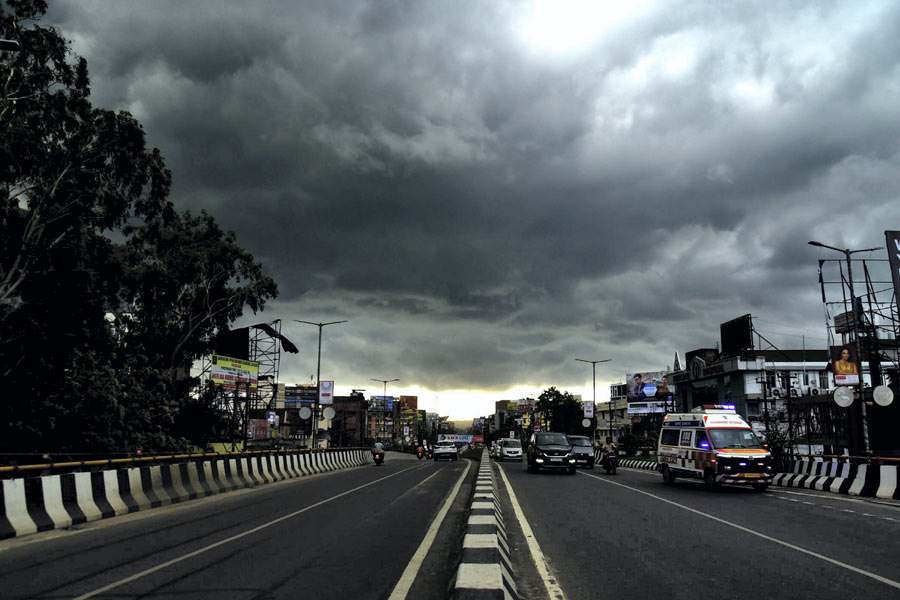Lucknow, Jan. 1: Around the time an assassin ended the “legend” of bandit queen-turned politician Phoolan Devi in New Delhi, her namesake was entering the Chambal ravines, gun in hand and revenge on her mind.
The 30-year-old Phoolan II, from the dacoit-infested Tunkapur village in Bhind district, turned a bandit after her brother, dacoit Mohar Singh, was killed in a police encounter.
“She joined a gang led by her relative Sobaran Singh on May 3, 2001. She is said to have committed four murders already,” the Chambal inspector-general of police said. Recently, the police put a price of Rs 5,000 on the Class VIII dropout’s head.
Phoolan II is one of 10-odd women dacoits still active in central India’s Chambal belt. Like the other Phoolan, she is from the lowly Gaderia caste and was sucked into the world of dacoits.
Kalavati, 46, of Madhya Pradesh’s Shyopore district, took up the gun 12 years ago, when her brothers-in-law, Karan Singh and Brij Bhushan, grabbed her land after her husband’s death.
She started out with Ram Babu Mallaha, with whom she shared her caste. Later, she shifted allegiance to Halke Rawat. Kalavati surrendered in 1998 only to escape from police custody within a month. She is back in the ravines now.
“Most women dacoits are victims of circumstances. They aspire to be as famous as Putli Bai or Phoolan Devi once they take up the gun,” said M.A. Khan, a sociologist who specialises in the social dynamics of banditry in central India. “But few are likely to make it in a male dominated feudal society.”
Seema Parihar, however, thinks she can. She surrendered to the police in Uttar Pradesh’s Auraiyya district last year, after 15 years in the ravines.
While on trial in almost 40 criminal cases in Uttar Pradesh and Madhya Pradesh, she contested the recent Uttar Pradesh Assembly polls on a Shiv Sena ticket. Parihar is now ready to act in Seema bani Dacoit, a film directed by Mumbai-based Yash Chauhan.
The romanticised celluloid versions do not show the real lives of women dacoits for most are just molls of the dacoit chiefs or their lieutenants, said Uttar Pradesh superintendent of police (anti-dacoity) Vijay Shankar Singh.
And many are destined to die in anonymity. As a senior Uttar Pradesh police officer put it: “In the ravaged landscape of Chambal where might is right and caste is the defining parameter of social mobility, women are chattel.”
Last month, Sadhna Dixit, a member of the Salim Gujjar gang, was gunned down at her native Rampura village in Jalaun district. She was a dacoit for six years.
Krishna, another woman from the same gang, was recently arrested in Bhind along with her lover Prahlad Singh. The Gujjar gang has four women members left.
The Nirbhay Singh gang, too, has four women dacoits and Rajjan Singh’s has three.
Behind the shadow of their guns, most women dacoits are their gang chief’s mistresses. Arati of Jalaun and Meena of Etawah are Salim Gujjar’s lovers. For Nirbhay Singh, Kalawati and Parvati are property.
Few can manage to become a Phoolan, who rose above her station in life. But many manage to grab headlines through acts of courage or cruelty.
Kiran, alias Lovely, who joined her lover Nirbhay Singh in the ravines in 1998, is now wanted in Agra, Etawah, Bhind and Auraiyya districts for over 30 murders and dacoities.
For the police, Lovely is worth Rs 25,000, the highest price till now on a woman dacoit’s head.





